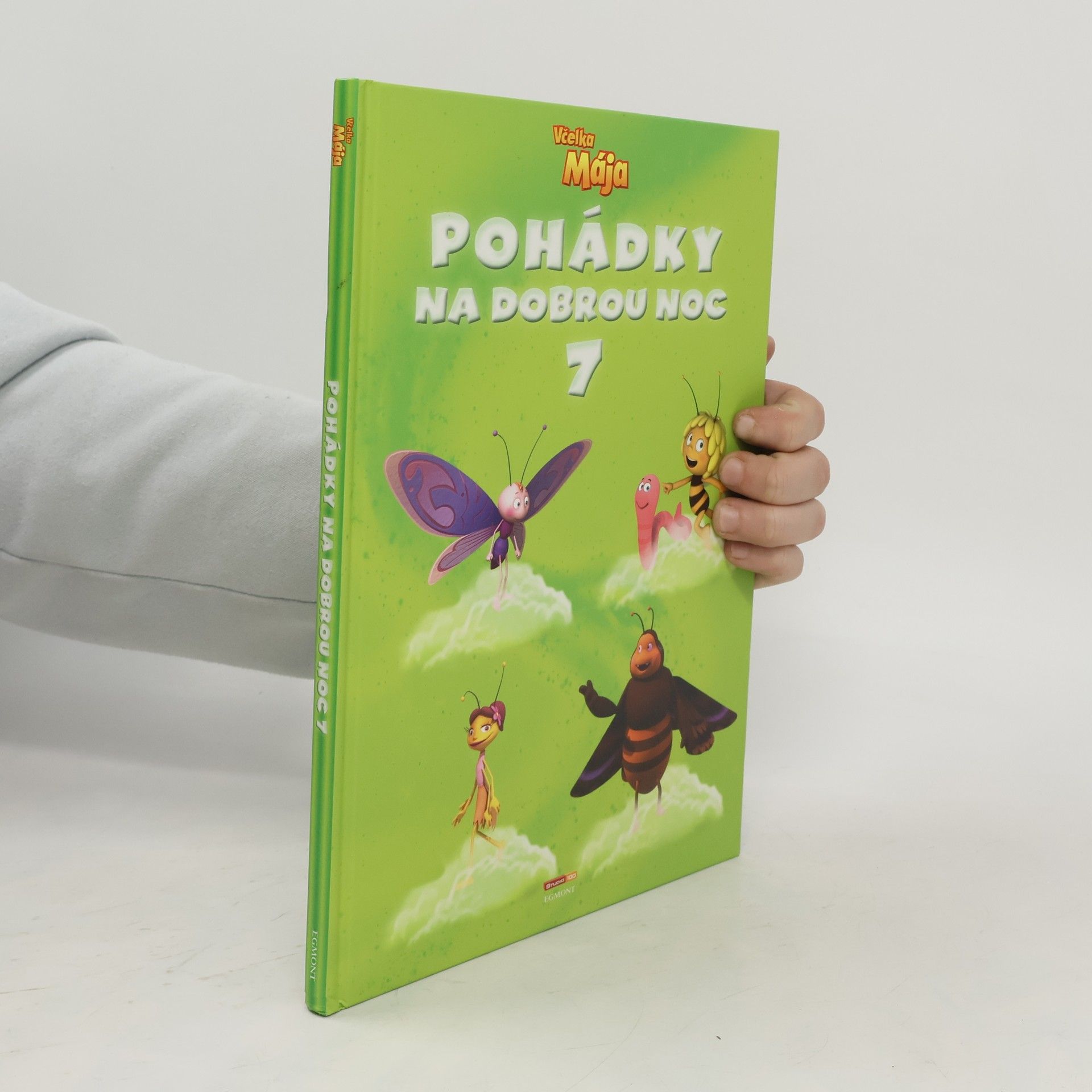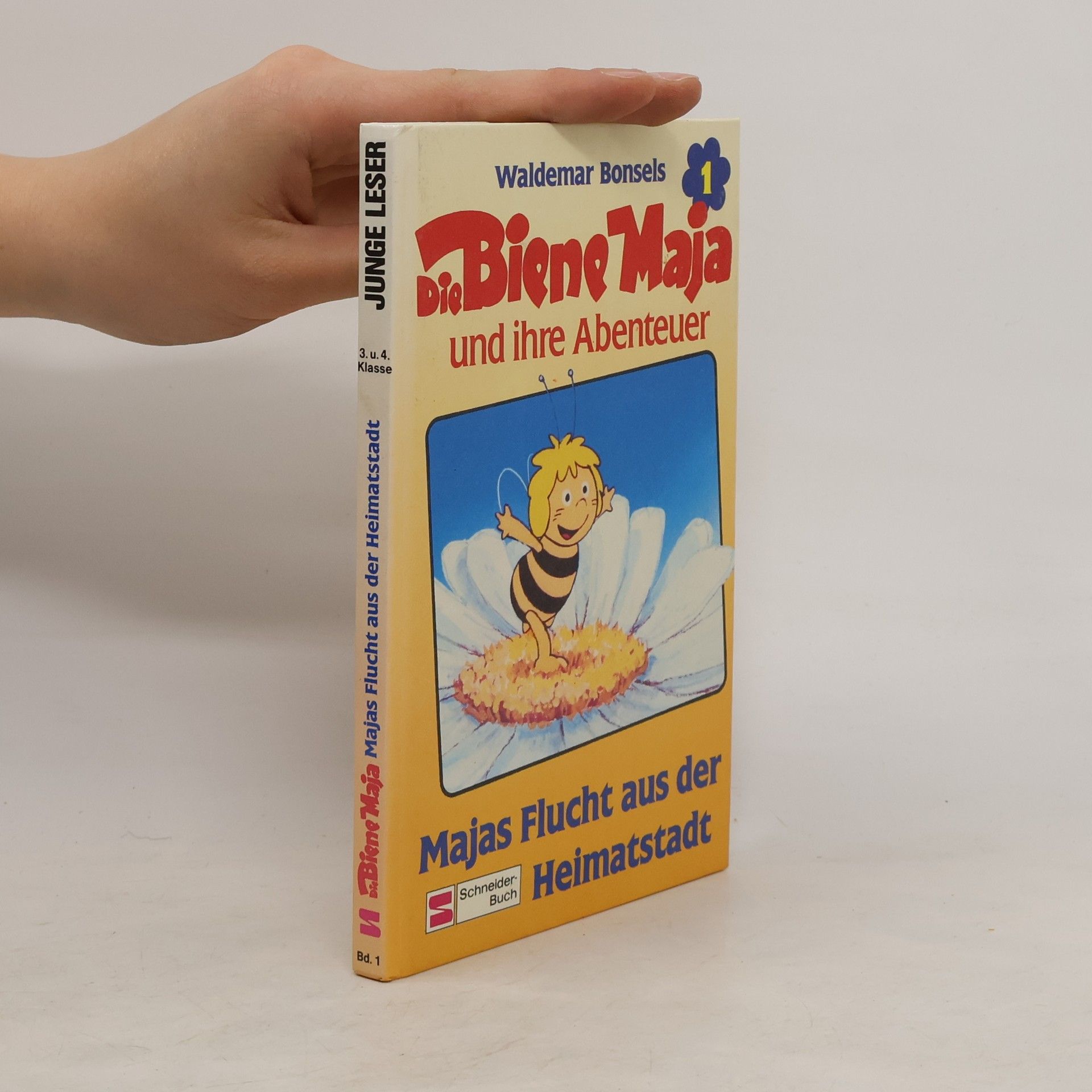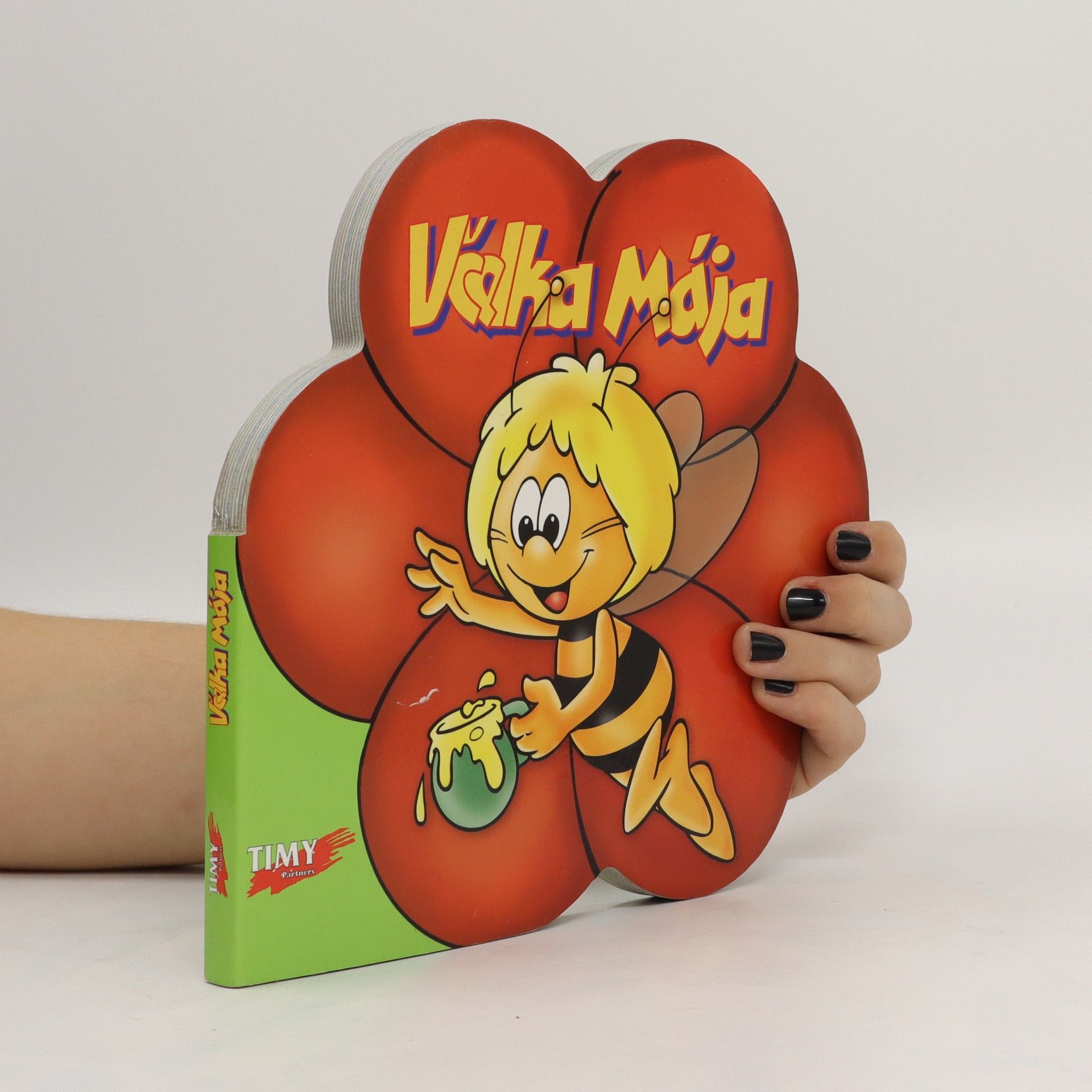The story follows a young bee named Maya as she embarks on delightful adventures in her vibrant natural world. With enchanting storytelling, it captures the imagination of children and celebrates themes of curiosity and friendship. This classic work has charmed generations, making it a beloved choice for young readers.
Waldemar Bonsels Libros
Waldemar Bonsels fue un escritor alemán cuya obra a menudo profundizaba en capas místicas más profundas, explorando la unidad de toda la creación. Su famosa representación del mundo de Maya la Abeja se extiende más allá de la simple literatura infantil, revelando temas profundos. Bonsels se involucró con el amor en sus diversos niveles, desde el eros hasta el afecto divino, y examinó la relación entre la humanidad y la naturaleza en una vida simple e intacta. Su escritura, influenciada por el romanticismo e inspirada por viajes por Europa y Asia, ofreció una perspectiva única sobre la existencia humana y la conexión espiritual.

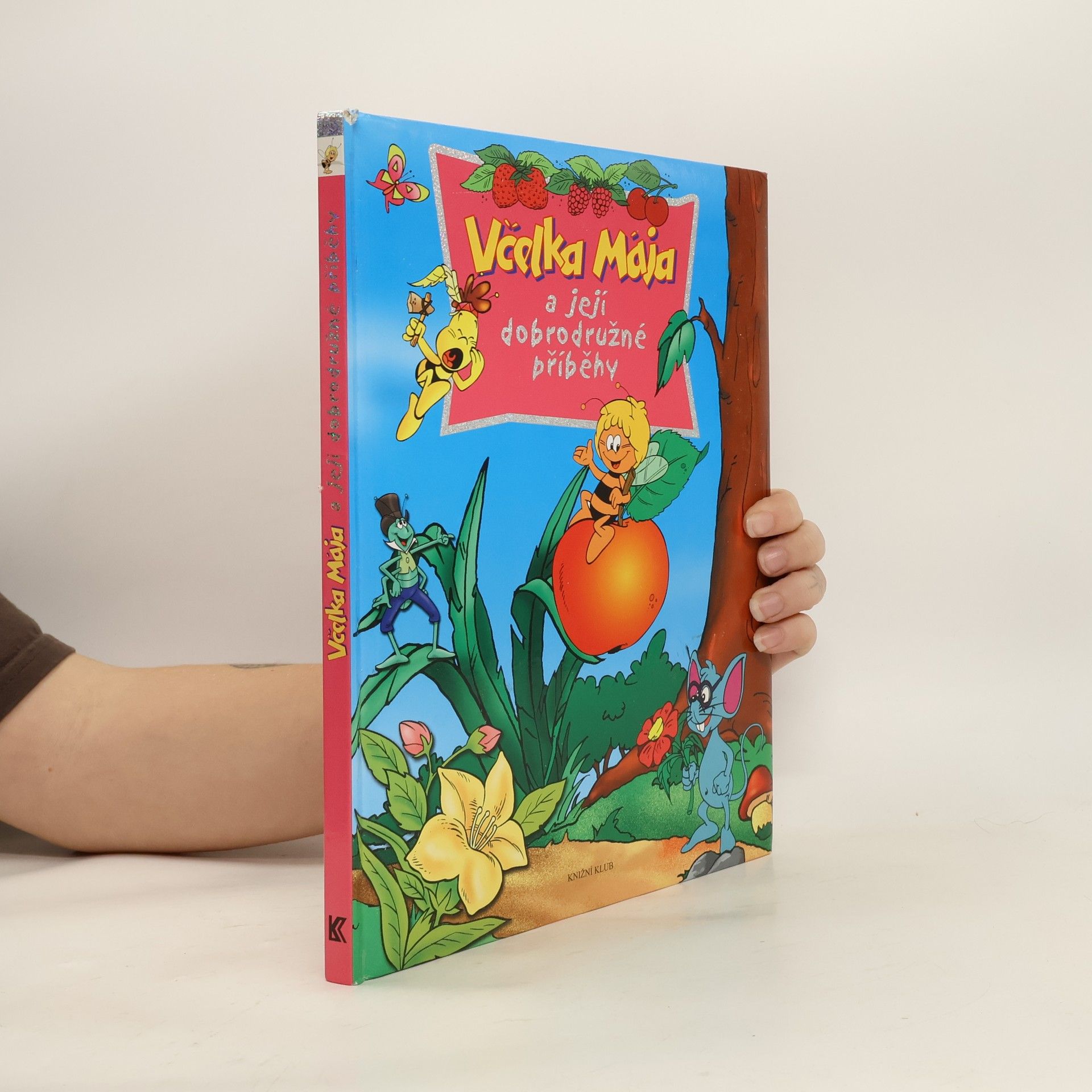
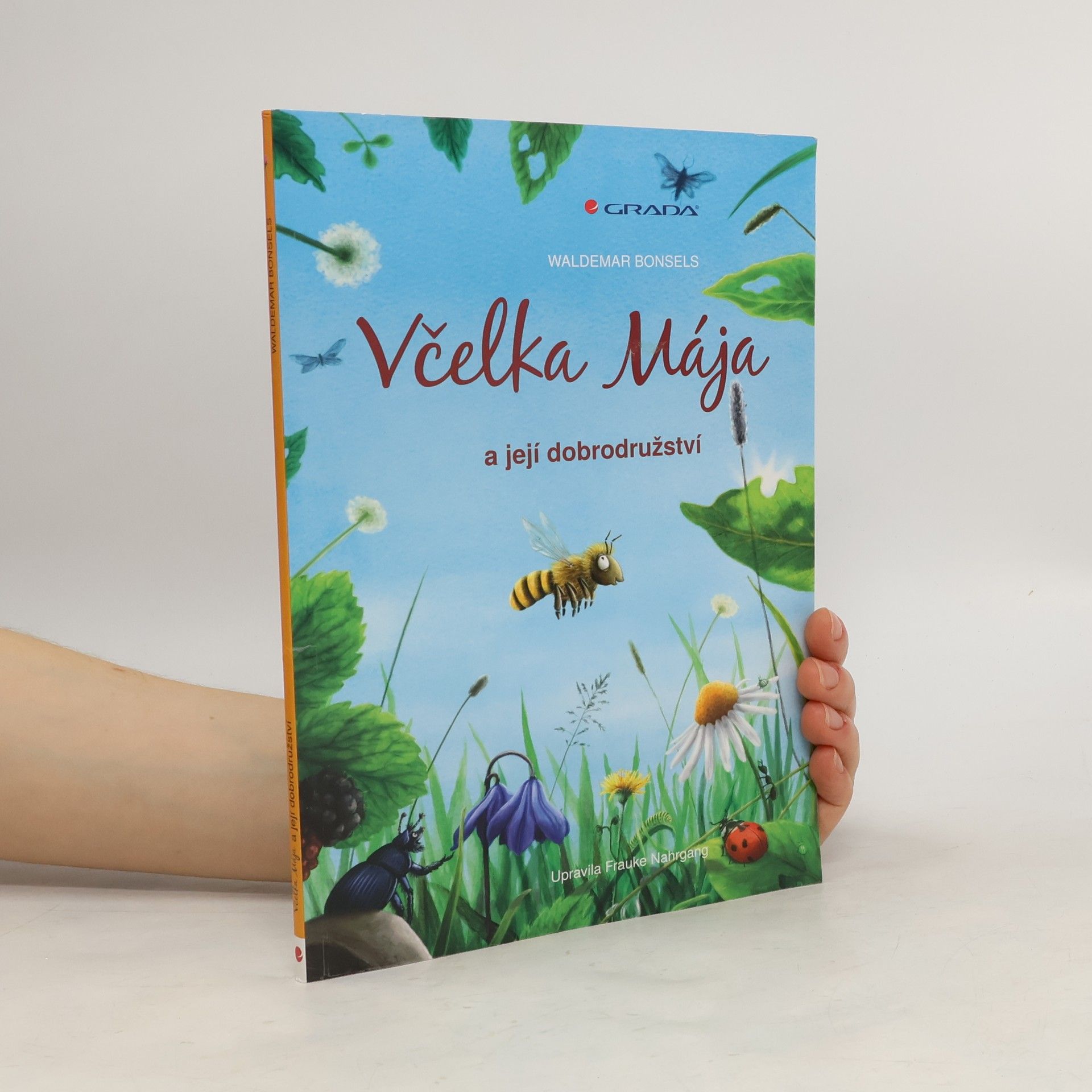
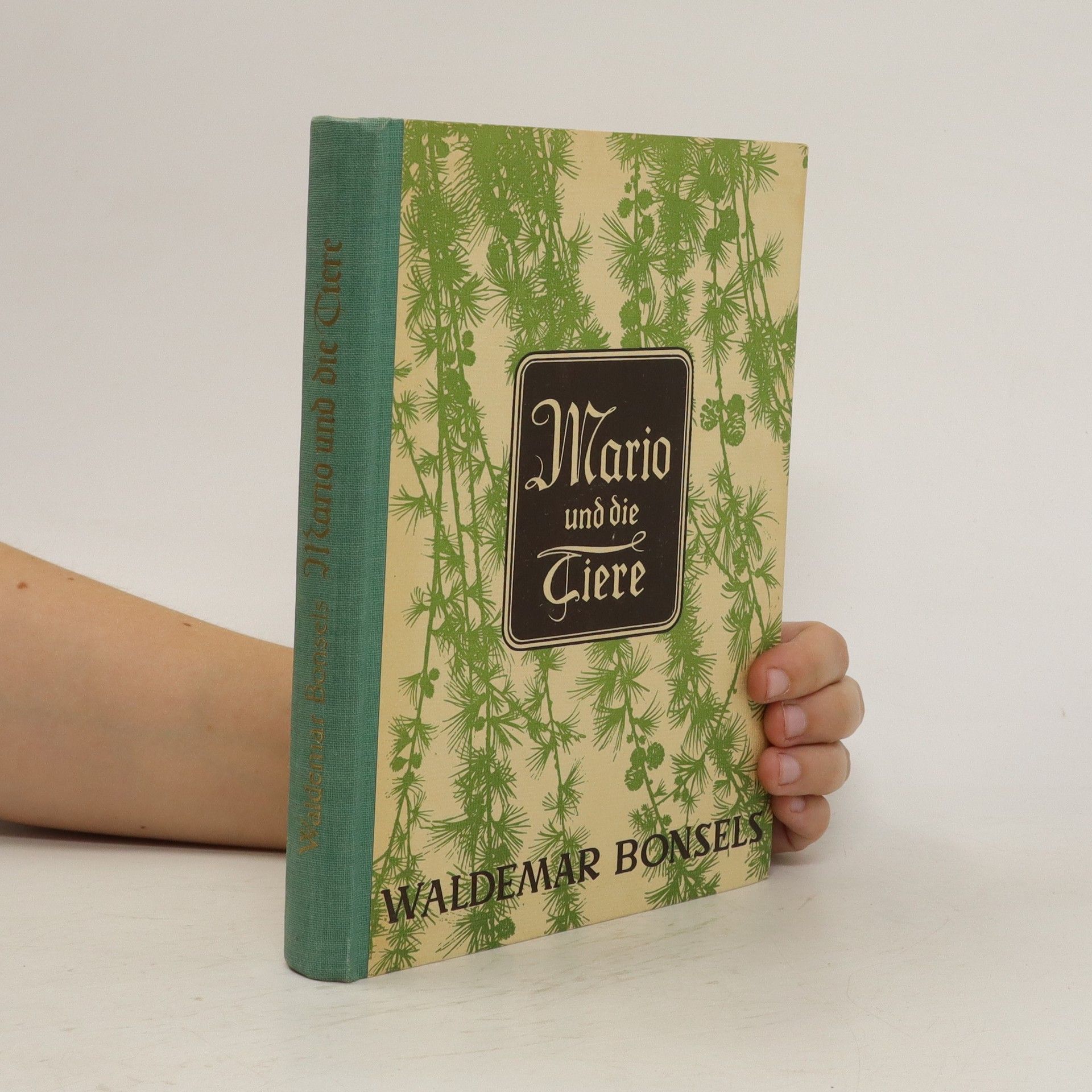

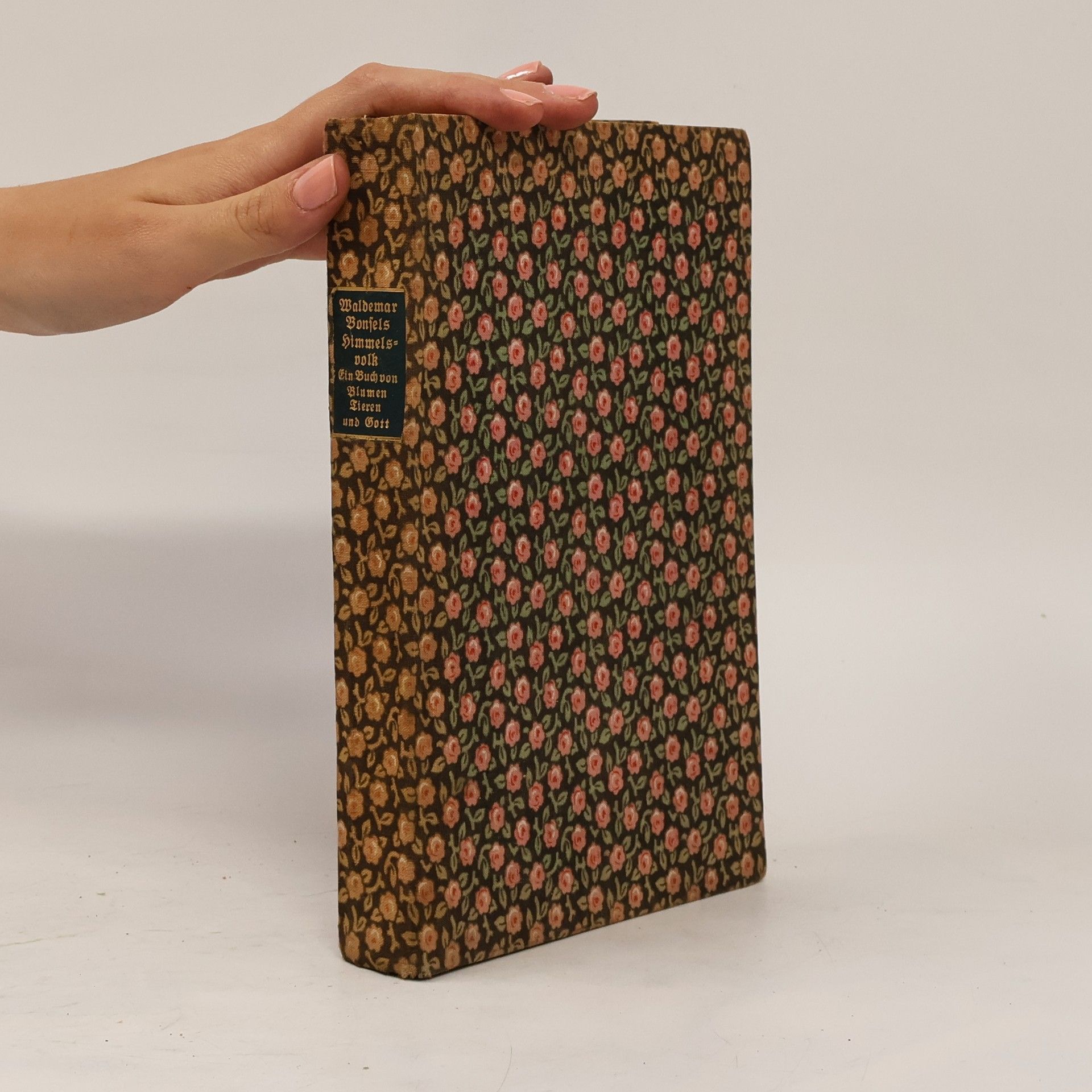

Die Biene Maja summt auf ihrem Weg in die weite Welt selig über Gärten und bunte Blüten hinweg, als sich ihr plötzlich etwas Fremdartiges über Stirn und Schultern legt: Sie hat sich in einem Spinnennetz verfangen! Und da kommt auch schon Thekla, die Spinne, mit bösen funkelnden Augen auf sie zu. Nur gut, daß der Mistkäfer Kurt gerade noch zur rechten Zeit erscheint, denn sonst...Wie wohl tut es Maja, nach diesem schrecklichen Erlebnis so viel Interessantes von einem wunderschönen Schmetterling zu erfahren. Beglückt fliegt sie weiter und weiter..
„Život je krásný!“ zajásala Mája a odletěla. Včelka Mája už nemá v úlu stání, nudí se. Chce ven, chce létat nad slunečnou loukou a parkem, aby mohla prozkoumat celý širý svět. Při svém velkém putování se setká s tvory, kteří jsou milí, zvláštní či podivínští, jako například vlídný zlatohlávek, pilný kůrovec nebo chrobák Ctirad, jiní jsou naopak nepříjemní a nebezpeční. Mája musí samostatně posoudit, jak se má zachovat. Naučí se rozlišovat dobro a zlo. K přírodě a ostatním tvorům je třeba se chovat pozorně a s úctou, vlastní štěstí není to nejdůležitější a nemělo by se stát omluvenkou pro bezohlednost, každý potřebuje mít přátele — to je několik ponaučení, která si ze svého dobrodružství odnesla. Mája je hrdinka, se kterou se mohou děti skvěle ztotožnit, protože stejně jako ona právě poznávají svět. Knihu pro současného čtenáře převyprávěla Frauke Nahrgang. Tento příběh a jeho hrdinové se stali předlohou pro televizní seriál.
Včelka Mája a její dobrodružné příběhy
- 80 páginas
- 3 horas de lectura
Každý musí znát včelku Máju a její kamarády. Komu by se to nelíbilo.
Maya l'abeille
- 224 páginas
- 8 horas de lectura
V této knize najdete čtyři pohádky, které si můžete číst před spaním. Setkáte se v nich s veselou Včelkou Májou, Vilíkem, lučním koníkem Hopem a dalšími obyvateli kouzelné louky. Tentokrát se dozvíte, jak se z housenky vyklube překrásný motýl, jak se cvrček naučil líbezně hrát a co všechno se stalo, když Mája s Vilíkem nechtěně uspali celý úl.
Die kleine Biene Maja ist neugierig auf die Welt und freut sich darauf, die Sonne, den Himmel und die Blumen zu entdecken. Nach dem Abschied von der Bienendame Kassandra verlässt sie den Bienenstock und erlebt bei einer Rose ihre erste Begegnung mit Peppi, dem Rosenkäfer, bevor sie neuen Abenteuern entgegenfliegt.
Leporelo ve tvaru květiny s příběhem včelky Máji a jejích kamarádů.

